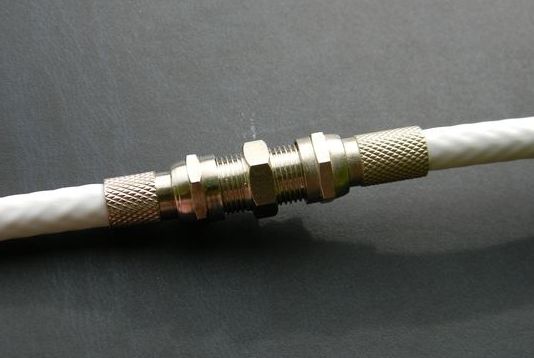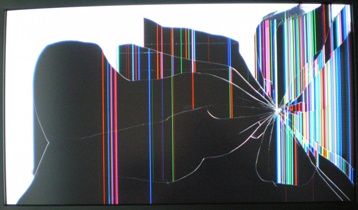Which is better: plasma or LED TVs
Modern digital technologies do not stand still. But just recently, when choosing the right model, people looked at whether it was color or black and white. Now the range of TV receivers is simply huge. These include LCD, ice and plasma TVs. In addition to the display technology, they differ in the range of available functions and technical characteristics.
The content of the article
Features of Plasma TV
Plasma panels have become pioneers in the world of modern TV receivers. However, at the moment they are no longer in the same demand. Despite the fact that the panel is becoming obsolete, the technology itself is currently of the highest quality, unattainable for other TVs.
Plasma panels have a number of advantages, these are:
- Rich and deep colors.
- Very high image contrast achieved thanks to intense black color.
- The viewing angle is wide and is about 180 degrees.
- Long service life. Among all the existing varieties, it is the plasma ones that last for 30 years.
- Large screen diagonals that can reach 80 inches.
The disadvantages include:
- High power consumption.
- Weight, which can be an issue if the device needs to be wall mounted.
- The panel gets quite hot.
- The TV receiver screen is covered with glass, so it can reflect light.
- With a static picture, pixels may begin to burn out.
- There are no small diagonals.
Features of LED TV
Liquid crystal technology has driven CRT TVs out of the market. And if the first models could not boast of excellent picture quality, modern TV receivers reproduce pictures with much higher quality. They also acquired many different functions, which made them the most popular on the market.
The advantages of LCD TVs are:
- Light weight, which makes it easy to place them anywhere.
- Low power consumption.
- Availability of diagonals of different sizes.
- There is no protective glass, so they do not glare.
- If they have the same functions, they will cost less than a plasma panel.
The disadvantages include:
- Even the most expensive model will not have the same contrast as plasma.
- The viewing angle is much lower.
- Response time is short.
Which is better: plasma or LED TVs
It is quite difficult to answer this question, because everyone has their own needs and finances. TV receivers with LED and OLED technology are not inferior to plasma panels in picture quality. They also benefit in terms of energy consumption. However, their price is much higher.
The most inexpensive are conventional LCD receivers. If the device will be used in a small room, and sometimes as a monitor, then you can safely choose an LCD. If you need to watch movies and sports programs, you should give preference to plasma, since its response time is much higher. The highest quality and the largest set of available functions are available on LED and OLED TVs. As you can see, the choice of the appropriate option depends on the personal needs of the consumer, since each technology has its own pros and cons.





